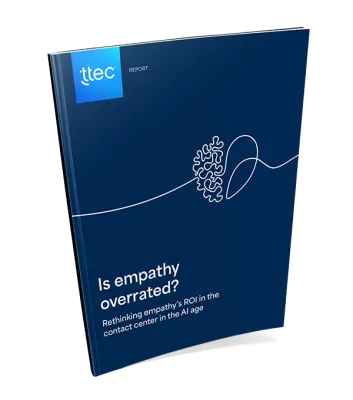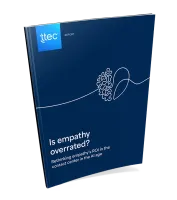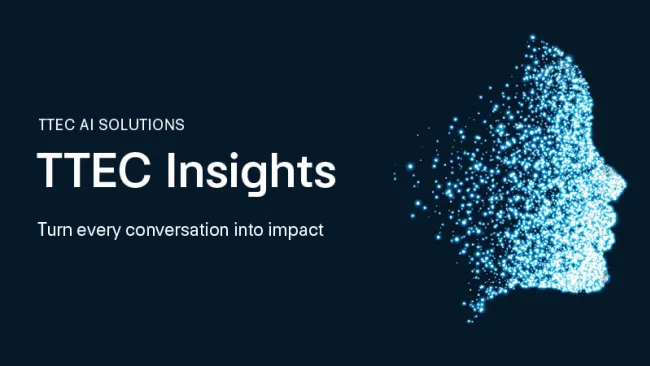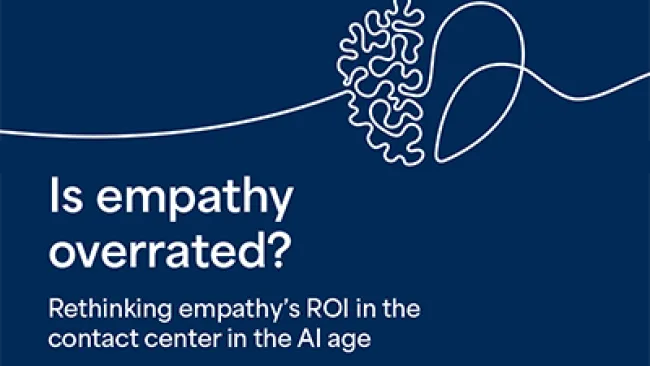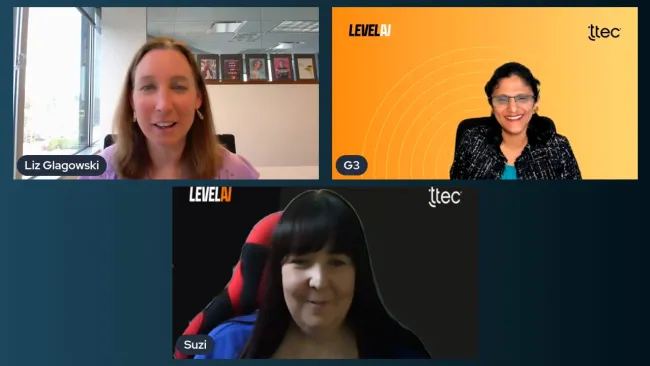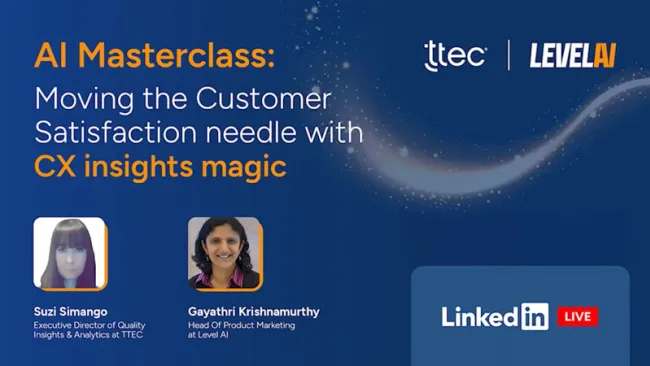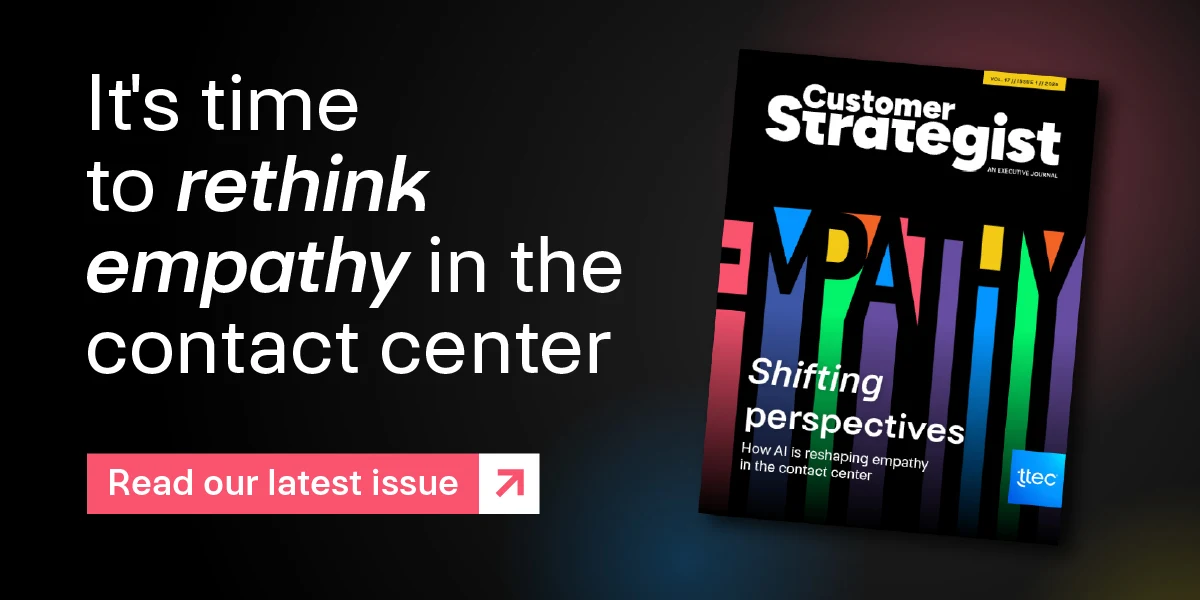Remember the promises we all heard regarding how technology was going to make our lives easier? How’s that working out for you? We haven’t moved to a four-day work week, nor have our daily lives become any less congested thanks to automation. More often than not, technology tools aren’t intuitive and consumers spend an inordinate amount of time entering passwords that either don’t work or prompt additional layers of security requirements and frustration.
Over the past few years, there’s been a lot of buzz about disruptive innovation and how companies such as Uber are capturing market share in the transportation and hospitality industries through their savvy use of technology.
Although disruption may be helping companies such as Uber, customers themselves couldn’t care less about disruption. Customers simply want effortless experiences when they interact with companies.
In their quest to enable frictionless customer journeys, leaders must consider their own experiences using digital tools to interact with a company. In most cases, it’s a heavily siloed experience as a result of how companies have designed it. Customers may start by doing some online research comparing products from different retailers or automotive companies. They may even further extend that research using their smartphones or tablets to view online communities to hear what other customers are sharing.
At some point along the way, they may receive a pop-up offer to chat with a company representative. Still, in nearly all cases, customers’ experiences using the web, mobile, chat, and other touchpoints are disconnected from one another.
In many cases, digital channels are operated independently from one another at companies of all types, whether it’s a bank, a retailer, or a healthcare provider. The person who’s responsible for the company’s website is focused and incented towards delivering the best possible web experience for visitors, not the overall customer experience or cross-channel experience.
Fortunately, there are advanced technologies and techniques available that can be used to help companies deliver easier and more fluid customer experiences. Here are three ways that innovative technologies can be used to provide seamless customer experiences:
1. A Customer Journey Mapping Platform Delivers Full Context
The best way for companies to deliver frictionless experiences is by understanding the full context of the non-linear paths customers take across digital and physical touchpoints on their paths to purchase or for support. A state-of-the-art customer journey mapping platform can enable CX leaders to identify the step-by-step actions taken by customers that can then be used to pinpoint and remove friction from the customer experience. With that knowledge, they can then design meaningful end-to-end customer experiences.
2. Analysis Tools Can Ensure Companies Are Delivering on the Right Types of Experiences.
Sophisticated data collection and analysis tools can help decision-makers to better understand who their customers are by demographics, lifecycle status, psychographics, and behavioral data. By understanding who their customers are and the channels they use to satisfy different needs, CX professionals can ensure that they’re delivering the right types of experiences in the channels to which the target customers gravitate.
3. Platform-as-a-Service (PaaS) Tools Can Tie the Omnichannel Customer Journey Together.
Journey mapping and segmentation tools help CX leaders understand who the customer is and the steps she has taken in her cross-channel passage. PaaS is a cloud computing model that provides applications over the Internet that enables CX leaders to understand the context of a customer’s journey to bring the end-to-end customer experience together. PaaS can be embedded into a mobile app or website, providing decision-makers with a data-driven approach for identifying who a customer is, what she’s doing at a particular moment, and how the customer prefers to connect on a particular channel.
Customers want their experiences with companies to be easy. Cutting-edge technologies can unify the fragmented paths that customers take to help make their experiences easy – not disruptive.
Also, check out the most recent issue of our monthly customer experience eNewsletter, Dialogue.
Customers Want a Little Less Disruption


